Other than when referring to the name of the BFI season or the Kinuyo Tanaka Award, Japanese names are presented in the traditional format of family name first, followed by given name.
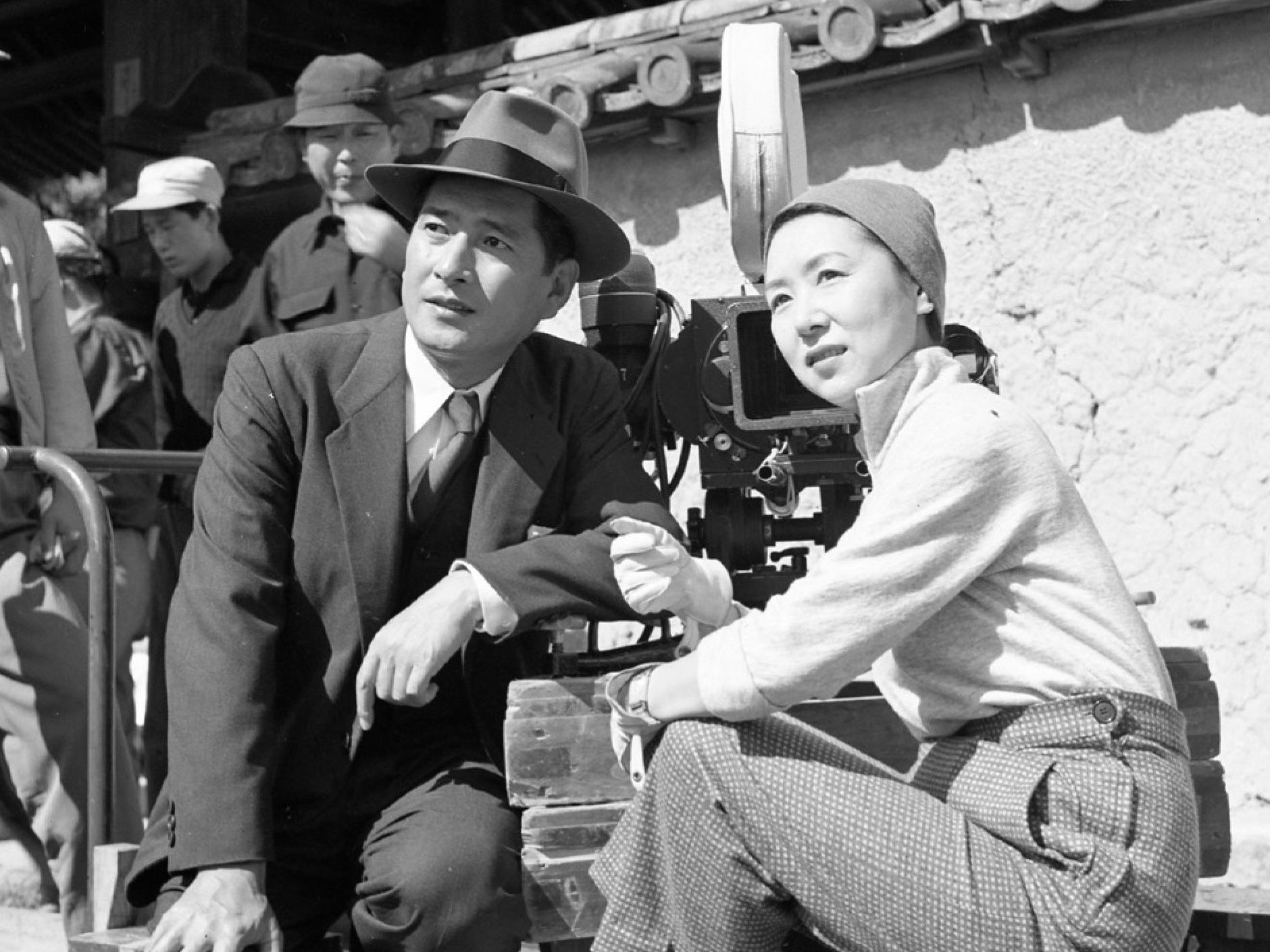
Audiences who love classic Japanese cinema, or Japanese cinema generally, or cinema generally, will have reason to rejoice this August and September. From the 1st August, a two-month season at the BFI Southbank showcases the films of Tanaka Kinuyo, one of the great actors and filmmakers of Japanese cinema.
Kinuyo Tanaka: A Life in Film will screen her six directed works in August, and six of her most celebrated performances in September, including in the masterpiece The Life of Oharu. Tanaka’s six directed works will also screen at the Edinburgh International Film Festival (EIFF) during August.
Tanaka is a giant of Japanese cinema. Before succumbing to a brain tumour in 1977, aged just 67, she appeared in over 200 films. She worked with masters of Japanese cinema, including Ozu Yasujiro, Mikio Naruse, and Mizoguchi Kenji. In 1985, her cousin, famed director Kobayashi Masaki, initiated the Kinuyo Tanaka Award at the Mainichi Film Concours Festival, which recognises the work and career of Japanese actresses.
Beyond her remarkable output in front of the camera, Tanaka was the only woman to direct films in Japan’s second golden age of cinema, helming half a dozen from 1953 to 1962. Until now these have been difficult for Western audiences to see. But, audiences now have that opportunity, in new 4K restorations no less.
The six movies demonstrate Tanaka’s impressive range as director. Her debut feature, Love Letter, wraps social commentary into a moving drama about life and love in the aftermath of the American Occupation after World War 2. In 1955, Tanaka delivered the lively ensemble comedy The Moon His Risen. The same year she also directed Forever A Woman (aka The Eternal Breasts), a passion project inspired by the life of female poet Nakajo Fumiko, who died of breast cancer aged just 32.
Tanaka returned to directing five years later with The Wandering Princess. A historical melodrama, and based upon the memoir of aristocrat Saga Hiro, it combines political and personal upheaval during the mid-20th century, when Japan aggressively expanded into Manchuria. A year later, Tanaka’s Girls of the Night was a fiercely modern drama about sex workers suddenly finding themselves on the wrong side of the reformed law in post-WW2 Japan. Her final film, 1962’s Love Under the Crucifix, was set in 16th century Japan, telling the tale of a tea-master’s daughter who marries a wealthy merchant while in love with a Christian samurai.
The BFI’s Tanaka Kinuyo season is presented in partnership with the Edinburgh International Film Festival and Janus Films. We spoke with Kristy Matheson, Creative Director of the EIFF, about the season of films celebrating Tanaka as director.
TANAKA’S SIX DIRECTORIAL FEATURES WILL ALSO BE SCREENED AT THE GLASGOW FILM THEATRE, AND WATERSHED BRISTOL
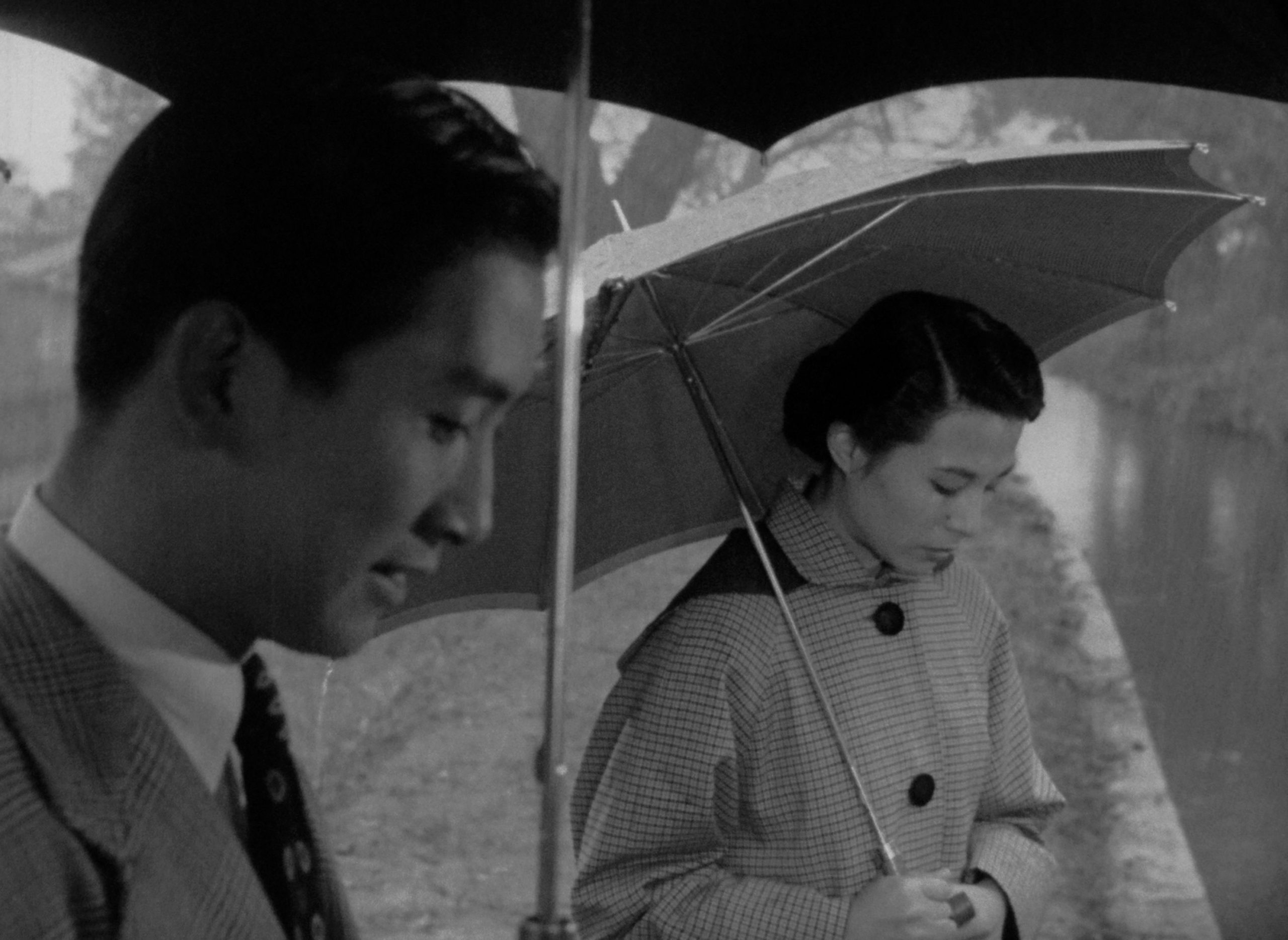
Rob Daniel: Thanks for giving us this time. Could you tell us why it is important to devote a season to Tanaka Kinuyo’s films?
Kristy Matheson: So this year at the EIFF, we’re celebrating the 50th anniversary of an event that took place here in 1972 called The Women’s Film Festival. That was the first time a European festival had directed an entire programme to the work of female directors.
When thinking about our retrospective programme this year, we wanted to look at other women directors. Alongside this, for many years it has not been easy to see many of Tanaka’s films with good subtitles and in restored versions. Lili Hinstin (formerly of the Locarno International Film Festival) devised this season, which was first presented at the Lumière Festival in 2021, and has done a lot of work in terms of pulling everything together.
There was also a large restoration project that happened across numerous organisations. Criterion and Janus in the USA had beautiful, restored copies of all these films. Therefore it seemed like a wonderful opportunity to look at this director’s work in a way audiences haven’t been able to, certainly with all the films together at once.
More broadly, retrospectives have always played a central role at the EIFF. When I dug into previous programmes there were a number of retrospectives Edinburgh had mounted on Japanese cinema, from the 60s through to the 90s. So I thought this was an opportunity for us to bring those two things together, and to be able to see these gorgeous 4K digital restorations.
RD: In 2017 the BFI ran a season on Japanese melodrama called Tears and Laughter, and one of the films the curator wanted to include was Tanaka’s Love Letter. At the time it wasn’t available, but it features in this season.
KM: Yes, and I think that is down to the work Lili has done to pull these films together, and to obtain copies that could be viewed by Western audiences. These films have not been easily accessible. People may have seen one here and there, maybe not in a great version, so to see them in this quality is quite beautiful.
RD: Tanaka Kinuyo is unique in the second Golden Age of Japanese cinema as being the only woman to direct films. In post-WW2 Japan, female roles in society did shift, but why do you think she was the only woman to make the transition from actor to director?
KM: Tanaka being such a big star meant she was very much on the inside of the film industry. That in itself would offer opportunities. Tanaka’s second film, The Moon Has Risen, was scripted by the legendary director Ozu Yasujiro. He gave her the script to direct, so she was receiving support from influential quarters. But not across the board. I think she would have had a huge advantage being such a star, but she would have had to fight hard to get a foothold into directing. Not all the filmmakers Tanaka worked with encouraged her move behind the camera. You read accounts of certain directors who really weren’t supportive.
RD: Perhaps Tanaka’s most famous collaborator, the great director Mizoguchi Kenji, was one of those not supportive of her ambition.
KM: Yes, not supportive at all. Now, there are different accounts of this so it’s hard to know exactly what occurred. But, you do read stories in which he really tried to block Tanaka. Or mocked her and didn’t want to see her succeed.
It’s difficult to know for sure because when you have an actor you have worked with for so long, as a director you may feel like you made them. So there was likely a lot of complexity on personal and professional levels. But no, I don’t think it was smooth sailing for Tanaka. I imagine it was very fraught.
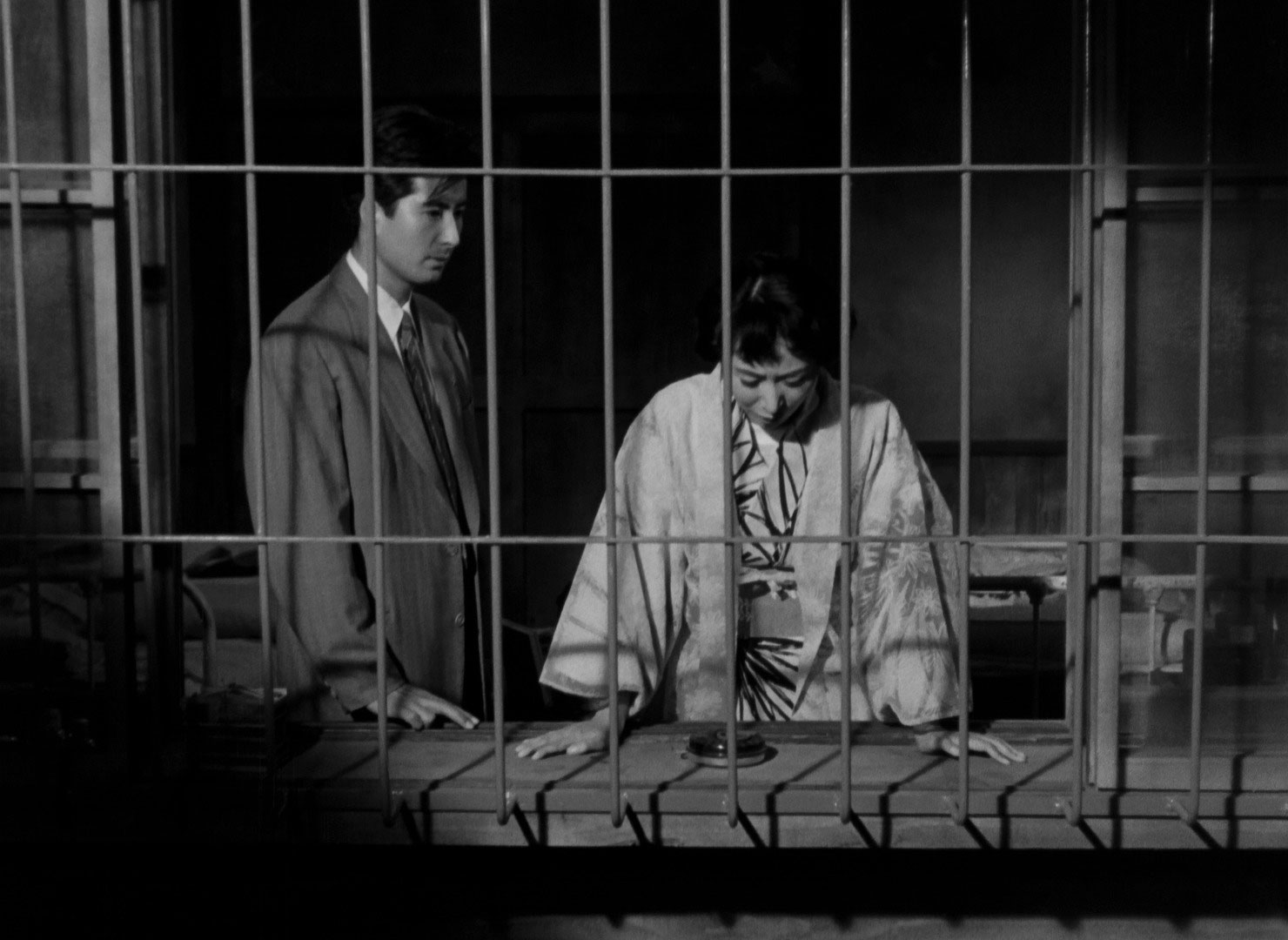
RD: Her filmography as director is eclectic, ranging from comedy to historical epic to social commentary. Do you know how she chose which films to direct?
KM: It’s interesting, the first two films were from scripts that were, in a way, gifted to her to direct. Her first film Love Letters was written by the writer-director Kinoshita Keisuke. And there are definitely reoccurring scriptwriters she worked with. Tanaka Sumie (no relation) worked on Forever a Woman and Girls of the Night, which is interesting because you can see Tanaka Kinuyo as director thinking, I’ve worked with this woman before, I’ll go back and work with her again.
Forever a Woman was her third film and may have been a turning point for her as director. It was based on a book, and as I said, she had worked previously with the scriptwriter. So by film number three you are probably watching a director take more ownership of the material and the choices of whom to work with.
But remember, these were commercial films made by major studios, so Tanaka was working with big stars straight out of the gate. Even there, I don’t think that was always an easy win for her as a director. And absolutely, the films do jump around, there is not one specific lane Tanaka stayed in behind the camera.
Yet, despite the genre diversity there is an exceptional amount of continuity across the films. Which is particularly noticeable when you have opportunity to watch them in a season. The Moon Has Risen was from a script gifted to Tanaka by Ozu, and features a lot of faces that will be familiar to audiences of Ozu’s films. The composer also did the soundtrack for Ozu’s Tokyo Story. So on many levels it seems infused with Ozu’s spirit.
But, really interesting is the cutting. The editing is something that links all of Tanaka’s films, none of them are sluggish, they clip along. Her films have a lot of plot and numerous characters, and she sets it all up very quickly. Forever A Woman begins as one story, before moving into something quite different. But the set-up is solid, so we know where we are, who these people are. She makes it look easy, but there is a real skill in having a lively pace, rather than a hectic pace.
RD: Does that mean that some audiences may find the films surprisingly modern in their feel?
KM: Well, there are certainly films in here that feel classical, having what we would consider those classical elements from the second golden era of Japanese cinema. But, and I’m speaking in a slight generalisation here, some plot choices and dialogue in a film such as Girls of the Night seem more direct than we would typically associate with that period of Japanese film.
Forever a Woman feels incredibly modern, because when do you see this story on screen? The film doesn’t lack poetry, but it’s direct in its depiction of a woman who is not simply going to accept this marriage or this disease that has taken hold of her. She’s fighting and pushing all the way to the end, and none of it is sugar coated. Modern audiences may be taken aback, in a good way, about how direct the social commentary is.
Tanaka’s historical dramas feature a lot of conversation about marriage and the arrangements of marriage. Usually those elements are there in films just to move the plot along, but Tanaka lingers on them to show the psychology of her characters. Tanaka really seems to make a point about drilling into those moments on a character level.
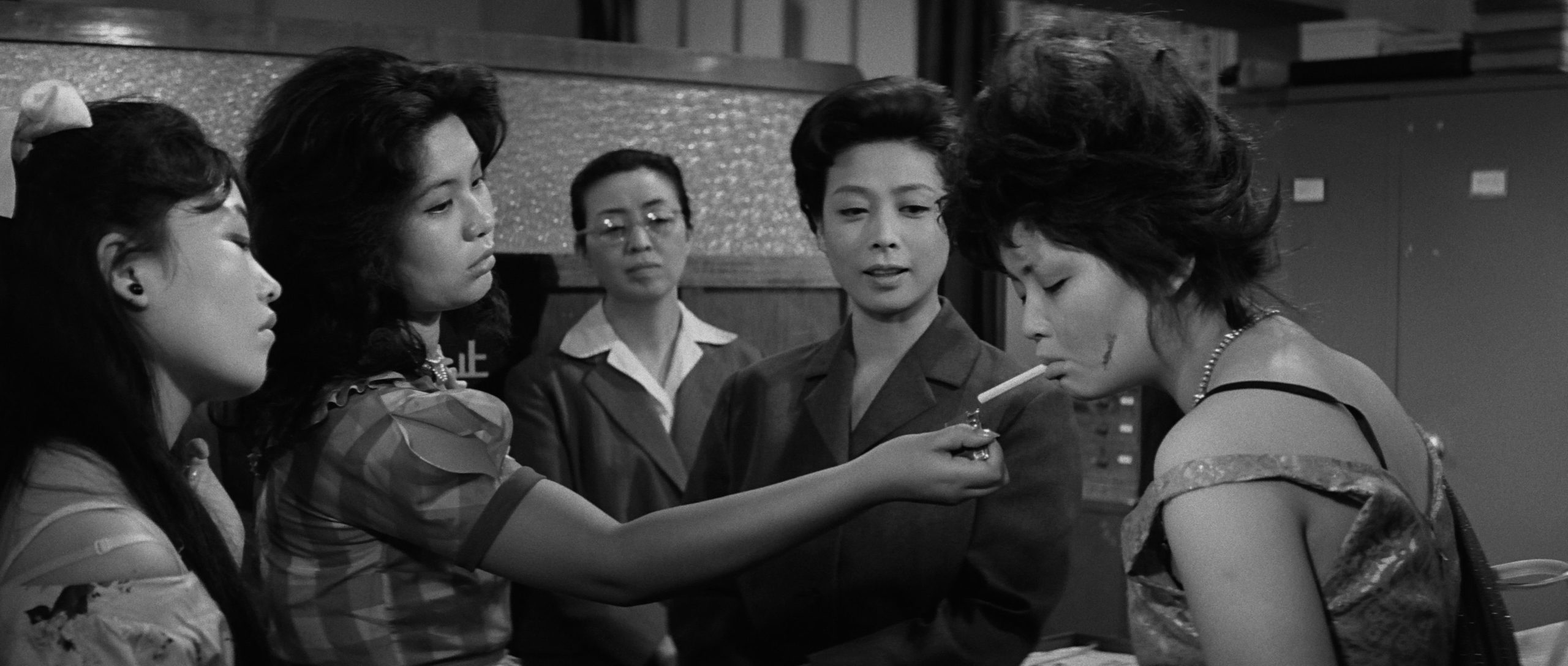
RD: Forever a Woman is striking in depicting the main character’s psychology, and is not afraid to portray her as not always likeable.
KM: Yes, when the film opens and she’s in this unhappy marriage, we think she’s going to be one type of person. But, she turns out to be a much more complex individual. Not only in terms of choices, but there are big ideas of transgression and guilt happening across many levels in the film.
RD: At the same time, directors such as Mizoguchi Kenji, Naruse Mikio, and Ozu Yasujiro were making films with female-focussed stories. Are there elements in Tanaka’s directed films that differentiates them from those made by her male contemporaries?
KM: The frank dialogue I mentioned would be one element. Many of Tanaka’s films deal with broader social concerns, but through the domestic and the individual experience. That thematic is what the films return to, even the historical films, a sense of a society trying to repair and reimagine itself after the second world war.
Love Letters is a good example of this. The main protagonist is male, but Tanaka doesn’t omit the conversations where the female character is questioning why she is being treated in certain ways. Every character has been through this horrific experience, and all have had to cope in their own way. So despite the male lead, the film is lensed more broadly through how Japanese women were navigating society in that period.
RD: Moving on to Tanaka as an actor. What makes her one of the great actors of the second golden age?
KM: Well she started incredibly young as an actor, and when looking at the output of Japanese actors during this time, it can be mind-boggling how many films they made. Just that alone gives someone an opportunity to attune their performance muscle. As an actor I think she went through different personas dependent on the director with whom she was working. But probably for the Japanese public, this is somebody who became very much part of the fabric of their lives. Tanaka wasn’t just around for a short period of time; she became a constant across many different films. That is an interesting way to think of her as a performer.
RD: Yes, one of the ongoing (albeit fun) challenges for fans of Asian cinema is tracking down copies of films. This often leads to obtaining low quality, partially subtitled DVDs, which is why this season is so great.
KM: I think that is what’s going to be terrific for audiences across the UK this year. The BFI Southbank will be showing the movies she directed, but is also doing a season of Tanaka’s work as an actor, and I hope that will travel across the country. It’s a terrific opportunity for audiences to see this artist in two different disciplines.
As a quick aside, it’s cute that Tanaka has a few cameos in the films she directed. The Moon Has Risen features a terrific appearance from her as a housekeeper. The young matchmaking daughter Setsuko tells Tanaka’s character she needs to make a phone call, and is very specific in what she must say. So there is a charming scene in which the young actress is telling the film’s director, “No, don’t say it like that, do it like this!”
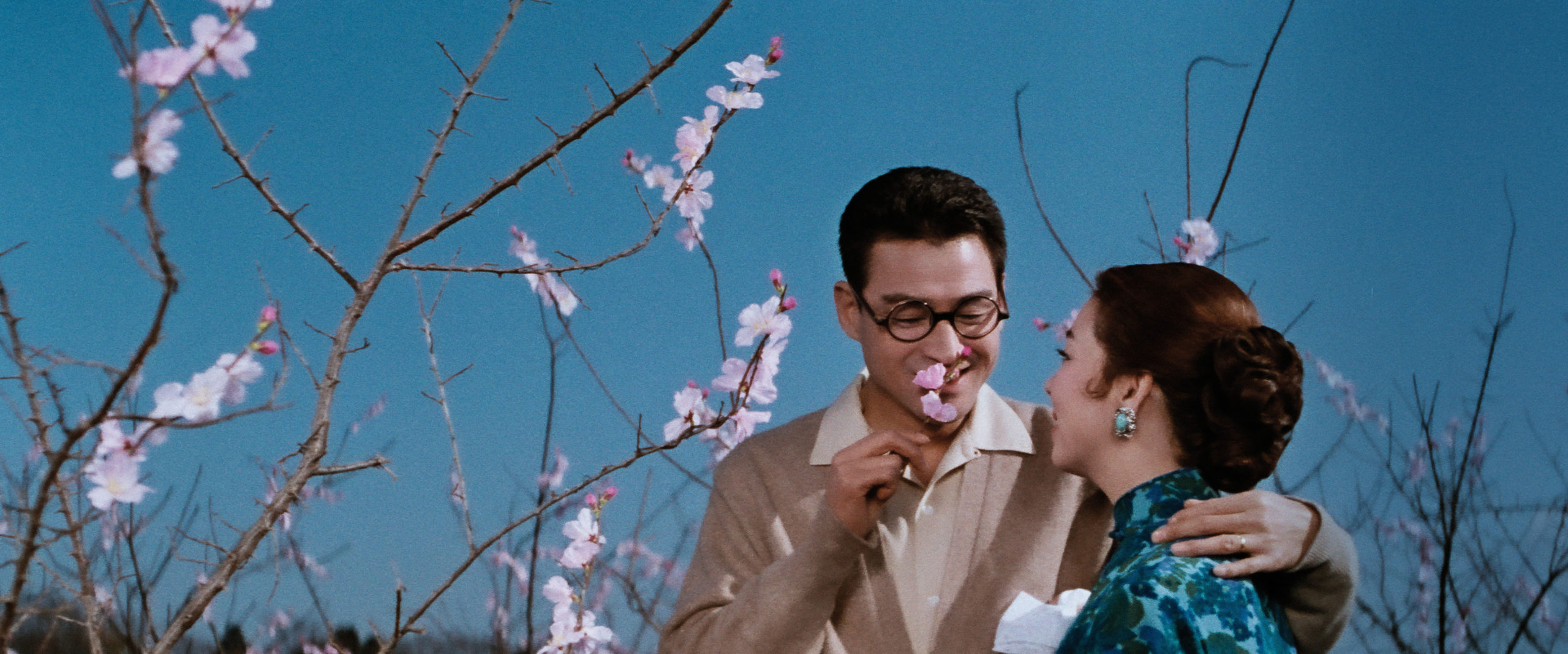
RD: Tanaka is known for being a serious actor, but she can play it light in movies.
KM: Yes, and that also comes across in her work as a director. I think many actors prove to be good directors, because as an actor you need to be able to intuit emotion in a nuanced way. I feel you see that in these films. She does get nuanced performances out of her cast members, and I assume that comes from a kind of shorthand actors-turned-directors can have with performers.
RD: One of the film’s I’m most looking forward to in the seeing is The Wandering Princess, featuring the great Kyo Machiko of Kurosawa’s Rashomon, plus Mizoguchi’s Ugetsu Monogatari, which also starred Tanaka.
KM: That one is a big historical melodrama. It’s heartbreaking and has melodramatic moments, but is nicely balanced by a terrific sense of realism.
RD: Is there a particular Tanaka-directed film you would say audiences must see during this season?
KM: Part of me would say The Moon Has Risen is a nice place to start, because you get a sense of the director’s ability to deal with a big cast and multiple subplots. It’s complex, but incredibly charming and leaves you with a wonderful warm sense. But, if you’re going to see that film then the other I’d recommend is Girls of the Night. Tonally it feels very different to The Moon Has Risen, yet they do share thematic connections that I think audiences would find interesting.
Many thanks to Kristy Matheson and the BFI Southbank for making this interview possible.
Rob Daniel
Twitter: rob_a_Daniel
Podcast: The Movie Robcast
